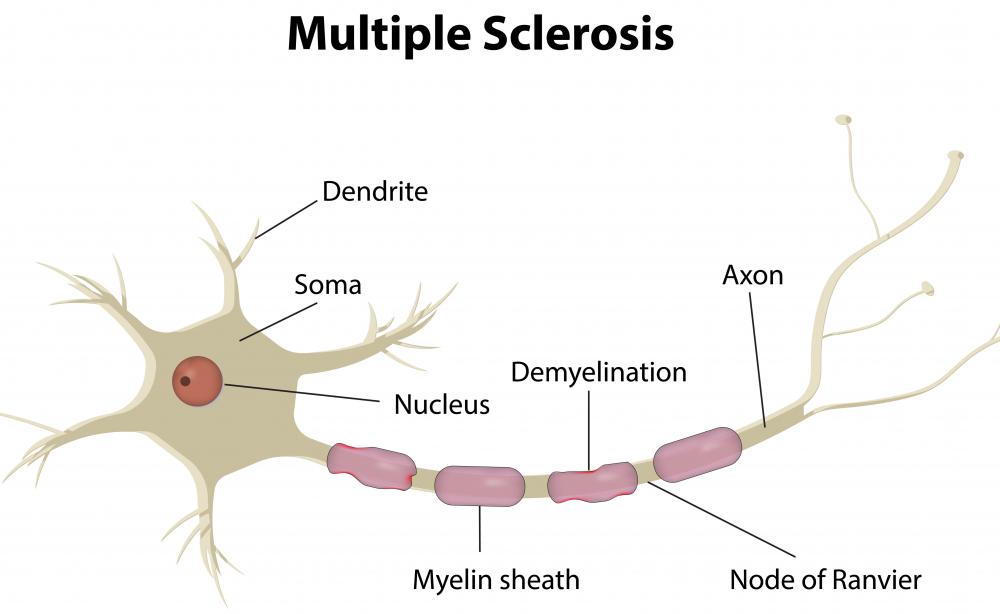At TheHealthBoard, we're committed to delivering accurate, trustworthy information. Our expert-authored content is rigorously fact-checked and sourced from credible authorities. Discover how we uphold the highest standards in providing you with reliable knowledge.
What Is Trigeminal Myalgia?
Trigeminal myalgia, also called trigeminal neuralgia or tic douloureux, is a painful condition that affects the nerves in the head and face. It causes sudden bursts of intense facial pain. Doctors treat trigeminal myalgia with medication and surgery.
The trigeminal nerve, or fifth cranial nerve, carries information between the brain and face. This nerve has three branches. The ophthalmic branch sends sensory information to the forehead, eyebrows and eyelids; the maxillary branch transmits sensations to the nose, cheekbones, top lip and the upper jawline; and the mandibular branch carries information to the lower part of the cheek, the bottom lip and the lower jaw.

Trigeminal myalgia usually affects the maxillary branch, but some patients suffer from pain in the mandibular branch instead. The condition occurs most often in middle-aged and older women. Some younger patients might develop trigeminal myalgia if they have a primary degenerative nerve disorder such as multiple sclerosis.
This condition is characterized by rapid, repeated bursts of intense stabbing or shooting pain. Many patients describe it as feeling similar to an electric shock. It usually only hurts on one side of the face. The attacks vary in duration and frequency, depending on the patient, but they tend to worsen in both length and severity as the disorder progresses.

Everyday activities such as chewing or swallowing food, brushing the teeth, standing outdoors in the wind or washing the face can bring on attacks. The episodes usually occur during waking hours. Some individuals lose body mass or become dehydrated because they would rather avoid eating or drinking than deal with the pain.
Trigeminal myalgia is not life-threatening, but some patients who suffer from this disorder become depressed and fearful. They dread attacks and avoid activities that might trigger pain. Some people even become suicidal.

A doctor will usually perform a physical examination to rule out other conditions before he or she diagnoses a patient with trigeminal myalgia. The physician might order computed tomography (CT) scans to rule out other neurological problems such as a brain tumor. He or she might also advise the patient to see a dentist.
The physician treats the symptoms of trigeminal myalgia with medications such as carbamazepine, a drug that is commonly used to prevent seizures. Doctors address severe cases by surgically cutting or freezing the nerves. This offers the patient only a temporary respite from pain; the condition usually reoccurs within a year after surgery.
AS FEATURED ON:
AS FEATURED ON:
















Discussion Comments
My pain started very suddenly in my lower jaw and teeth, extended up the right side of my face to the top of my head. It caused shooting pains randomly 20 to 30 times a day, especially when I was trying unsuccessfully to eat or talk.
After several months and morphine I had four treatments of acupuncture and have been pain free for six months except for three or four one-day minor episodes. Amazing relief.
I began having trigeminal neuralgia symptoms after a dental accident. My dentist was inserting a crown, which was not molded to fit, she pushed down hard with all her body weight trying to get it in. It simply didn't fit and in the process, some nerves were damaged.
I had lower jaw and facial pain for more than four years. I went to dental specialists who tried various treatments, but the only thing that worked was prescription pain medicine. It hurt to ride in or drive a car, to eat, to talk, to talk on the phone.
My job as a teacher, of course, involved a lot of talking, and I had to retire early.
Finally, it was decided that the offending tooth would be pulled. The nerves gradually settled down and I began to feel much better.
Post your comments